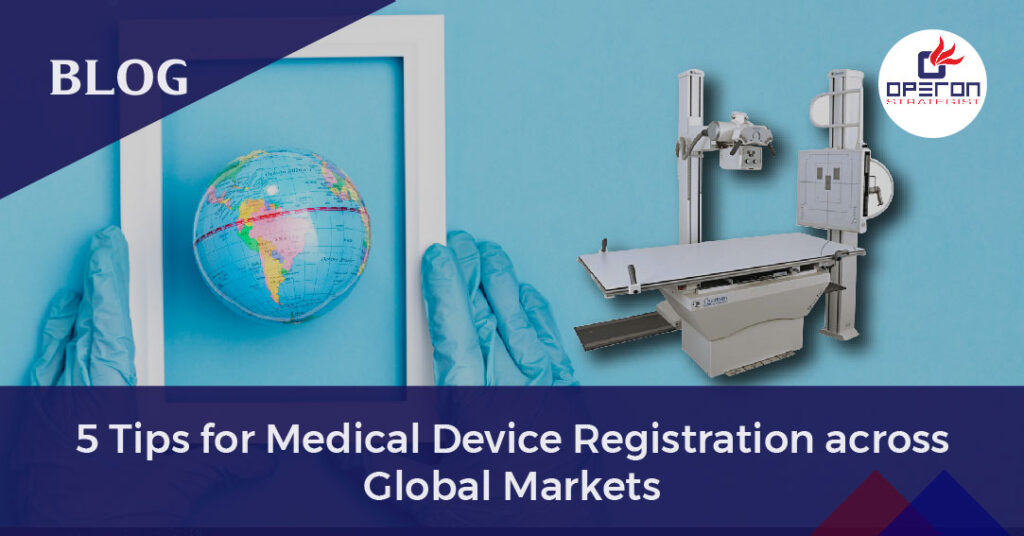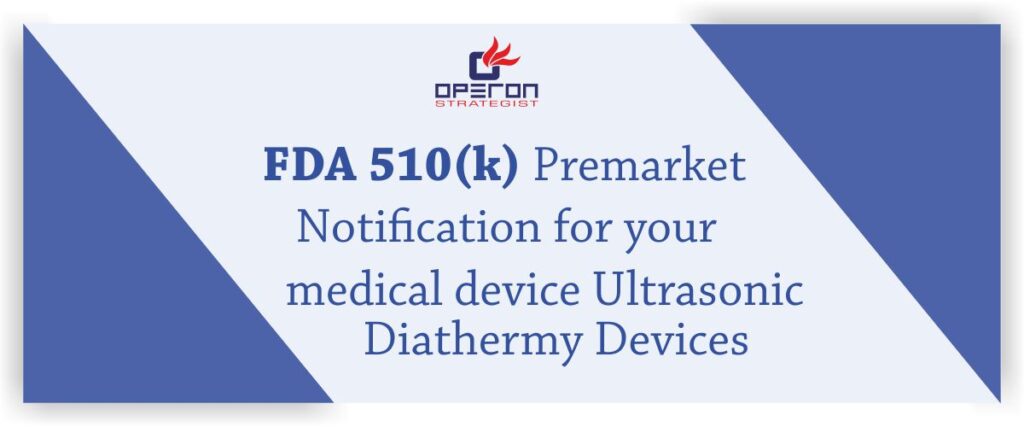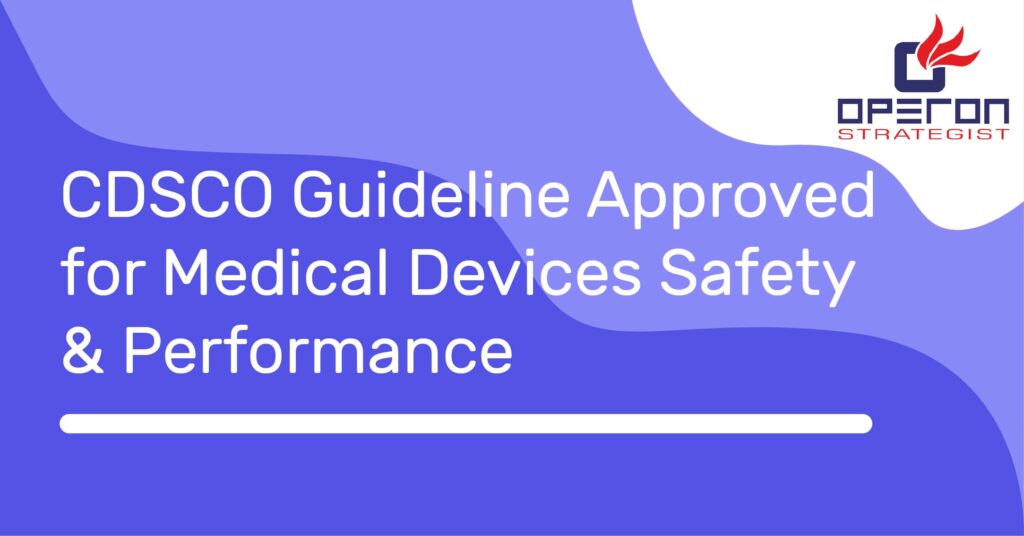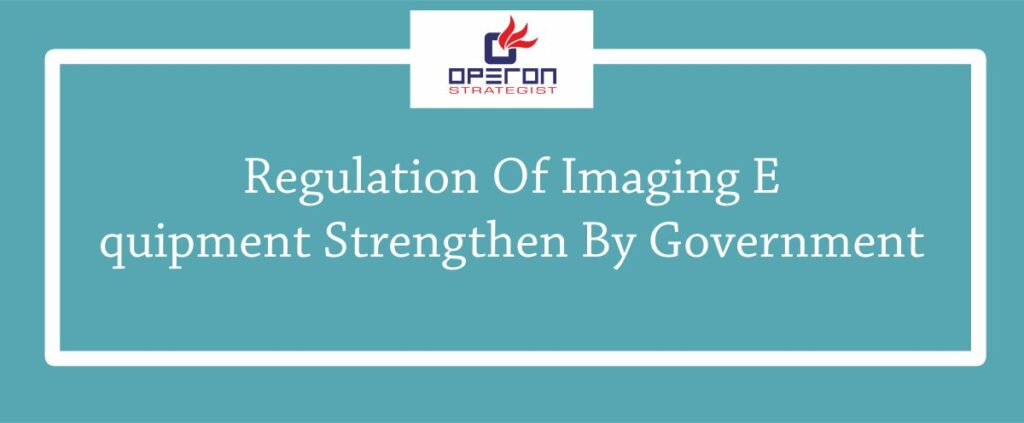So, you’ve got your regulatory submission accepted and you’re ready to roll out your medical device to the masses, right? Not quite! Before you can hit the shelves, you need to ensure your device is registered in the markets where you intend to sell it. Early planning and strategic considerations are crucial to avoid last-minute surprises that could derail your go-to-market plans.
Here, we’ll delve into the regulatory frameworks of key global markets and outline five pivotal strategies to ensure your medical device registration journey is a success.
Understanding Medical Device Registration Requirements
Almost every region worldwide has a formalized registration process for medical devices, with variations from one market to another. From initial registration to recurring renewals, compliance is paramount to legally sell your product. Let’s explore the registration requirements in some top global markets.
Looking for a Medical Device Regulatory Consultant?
Let’s have a word about your next project
Medical Device Registration | FDA 510 (K) (United States)
In the US, annual registration with the FDA 510 (K) is mandatory for facilities intending to sell medical devices. This process, outlined in 21 CFR Part 807, involves a two-step establishment registration process. From fees to premarket submissions, compliance is non-negotiable.
Read more on our FDA 510(k) service page to explore how we can streamline your registration process and ensure compliance.
Medical Device Registration | MDR / IVDR (Europe)
Compliance with the EU’s regulations is a must for medical device manufacturers. With the Medical Device Regulation (MDR) and In Vitro Diagnostic Regulation (IVDR) in place, registration via the European database on medical devices (EUDAMED) is essential for market access.
Read more on our CE mark for medical devices service page to explore how we can navigate the MDR/IVDR regulations and facilitate your registration process for EU market access
Medical Device Registration | Health Canada
Canada mandates licensing for Class II, III, and IV medical devices, with two types of licenses issued by Health Canada. From establishment licenses to product approvals, compliance ensures smooth market entry into the Canadian healthcare landscape.
Medical Device Registration | TGA (Australia)
The Therapeutic Goods Administration (TGA) regulates medical devices in Australia, with inclusion in the Australian Register of Therapeutic Goods (ARTG) being a prerequisite for market entry. Compliance with ARTG requirements is vital for legal supply in Australia.
Read more on our Medical Device Registration in Australia blog page to explore how we can assist you in navigating TGA regulations and achieving compliance for market entry.
Accelerate Your Medical Device Registration Success Worldwide With Our Expert Guidance!
Explore Five Strategic Pillars for Effective Medical Device Registration in Global Markets
1. Build a Solid Business Case
Don’t underestimate the importance of a robust business case for entering new markets. From market sizing to localization considerations, meticulous planning upfront can save you from costly mistakes down the line. Leverage resources like CIA.gov and Export.gov for valuable insights.
2. Organize Your Documentation
Regulatory compliance demands meticulous organization. Invest in a quality management system (QMS) to streamline document management and ensure easy access to critical registration requirements. Stay on top of renewal deadlines to maintain market presence seamlessly.
3. Harness the Power of QMS
Leverage your QMS to meet registration requirements efficiently. From document tracking to automated reminders, modern QMS solutions streamline the registration process and mitigate compliance risks. Don’t settle for legacy systems that leave room for error.
4. Develop a Long-term Strategy
Look beyond immediate market entry and develop a long-term regulatory strategy. Document internal decisions and create work instructions for future registrations.
5. Prioritize Compliance
Above all, prioritize compliance across global markets. Maintain up-to-date documentation and meet import/export requirements to avoid regulatory roadblocks. Early planning and organization are key to achieving market access and sustainability.
In conclusion, successful medical device registration hinges on meticulous planning, organization, and adherence to regulatory requirements. With the right strategies, you can streamline the registration process and ensure market success across the globe.
Unlock Global Market Success With Our Seamless Medical Device Registration Solutions!
Streamline Your Medical Device Registration with Operon Strategist!
Seamlessly navigate the complexities of global markets with our expert guidance and tailored strategies. From document management to proactive compliance, we’ve got you covered every step of the way. Don’t let regulatory hurdles hold you back— Reach Operon Strategist to accelerate your market entry and ensure long-term success.
Contact us now to embark on your registration journey!

-
Operon Strategisthttps://operonstrategist.com/author/snehal/
-
Operon Strategisthttps://operonstrategist.com/author/snehal/
-
Operon Strategisthttps://operonstrategist.com/author/snehal/
-
Operon Strategisthttps://operonstrategist.com/author/snehal/




